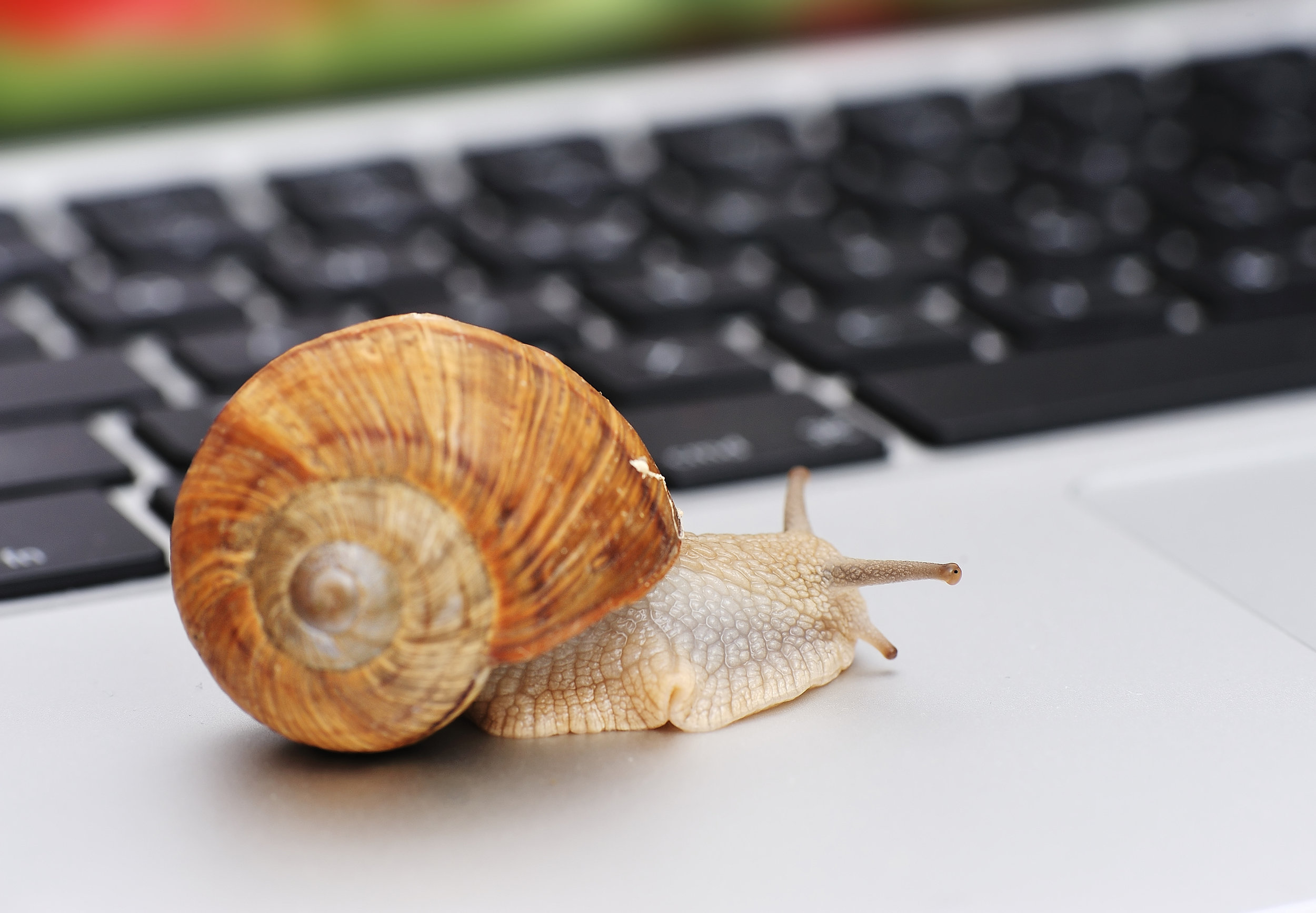

Few things are as frustrating as when you’re trying to get something finished and your computer starts freezing up and making you wait. Minutes can tick by as your productivity is brought to a standstill, looking at a spinning wheel, unsure if it’s faster to wait or reboot.
At Pro Tech Guy, we often have people call us to help fix a sluggish computer. They just want their computer to work as fast as they do, without slowing them down. Our PC repairs unit helps clients throughout the Framingham area with a variety of computer issues, including system speed problems.
This is one issue that nearly everyone can relate to, whether you have a Windows or Mac computer. Both can begin to slow down and become sluggish after a while, but there are some quick fixes you can try that can buy you a little more speed and more time before you need to upgrade to a new device.
Speed Up Your Computer with These Tips from Pro Tech Guy
There are a number a reasons that computers can become sluggish over time and knowing the right settings to adjust can help you get more speed out of your PC and reduce lock-up issues.
Americans lose an average of 2 hours per week waiting on slow computers.
If you’re struggling with a slow computer and getting frustrated, try some of these pro tips.
Upgrade Memory if Possible
Often a memory upgrade can do the trick if your computer is having problems, such as locking up when you open too many webpage tabs. You can typically look in your system memory settings to see what memory is currently installed and if there are additional memory slots or capacity to upgrade it.
If you’re seeing 4GB as your current memory, then an upgrade to 8GB or higher will make a huge speed improvement. NOTE: Cheaper computers and laptops (especially) may not have upgradable memory.
Turn off Visual Effects
Those shadows under windows and animated fade out menus might look cool, but they’re taking up some of your system resources. Turning them off can give you a little more performance improvement.
Windows 10: Click the Windows key, type “Advanced system settings” in the search. Under “Performance”, click the Settings button and click “Adjust for best performance.” If you’re finding the text looks funny in your documents after doing that, click back on the single setting “Smooth edges of screen fonts.”
Mac: Open “System Preferences” and go to Dock and turn off the visual eye-candy you don’t need like animations for opening applications.
Disable Unnecessary Startup Programs
Do you really need Skype to start automatically on sign in every time and run in the background? Often there are programs in your startups folder that you don’t need there and that can save on some system memory by taking them out.
Windows 10: Click the Windows key and type “startup programs” to get a link to see and edit which programs are set to start automatically.
Mac: Open “System Preferences” > Users & Groups > Your nickname > Choose Login items tab and check the programs to remove.
Clean Up Your Hard Drive
Multiple temporary files that you don’t need can build up over time, impacting your computer’s speed. Before you try downloading a “free disk cleanup tool” try your own operating systems tools.
Windows 10: Click the Windows key and type “Disk cleanup” to get to their native tool for cleaning your hard disk.
Mac: When the iOS Sierra was introduced, so was a disk cleaning tool for Mac that was built in. You can get there by searching “Storage management” in Spotlight.
Scan for Viruses & Malware
Often a hidden virus or other malware can be the culprit causing your computer to slow down. Scan with a reliable anti-virus/anti-malware application to see if that’s the case and, if so, to remove it. Pro Tech Guy can also help you with an expert and thorough virus/malware scan and removal.
Make Sure Your Operating System (OS) and Drivers are Updated
OS updates can bring performance improvements, and of course they’re important for any security patches. And while one of the last things people are usually thinking about when at their computer is updating drivers for things like their graphics card, sometimes those outdated hardware drivers could be slowing you down.
OS updates are easy to find by checking for updates in both Windows (click Windows key and search ‘Updates’) and Mac (click the Apple). You can generally find driver updates in your computer’s updates section or the manufacturer’s specific update tool, like HP’s Support Assistant.
Need a Speed Boost for Your PC?
If all of the above tips still aren’t getting you the speed you need, bring your computer in to Pro Tech Guy and we’ll be happy to take a look and let you know your options for increasing performance.
Contact us anytime at 508-364-8189 or through our contact form.
